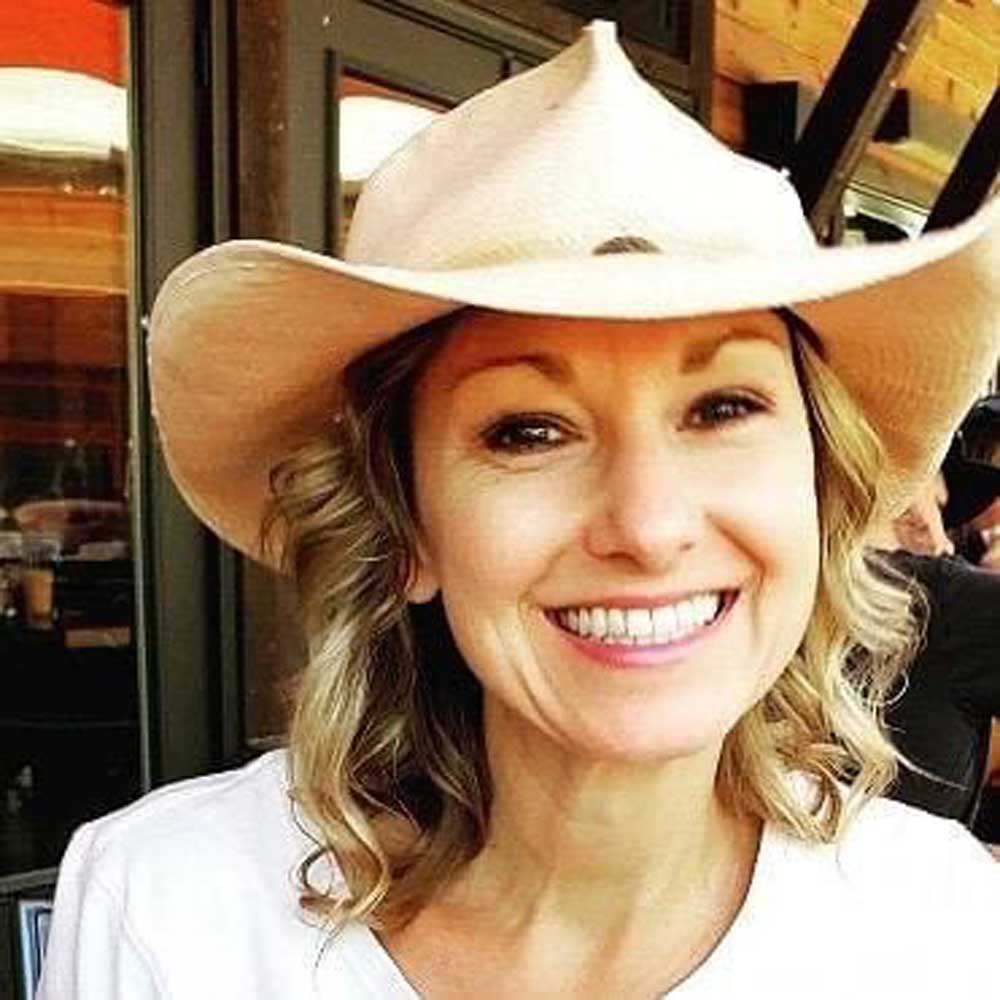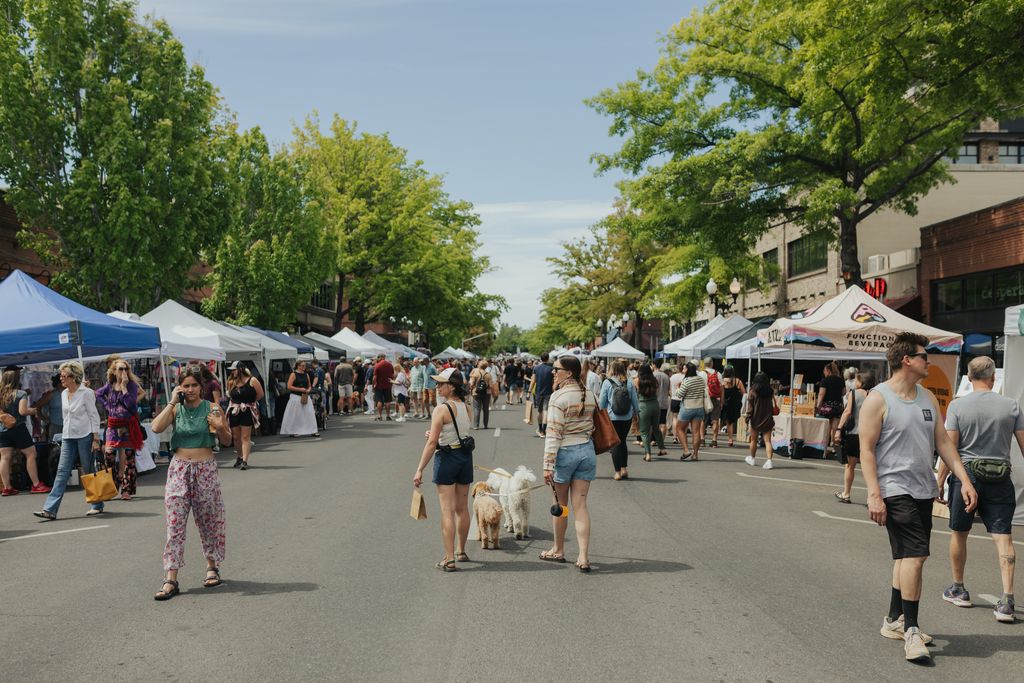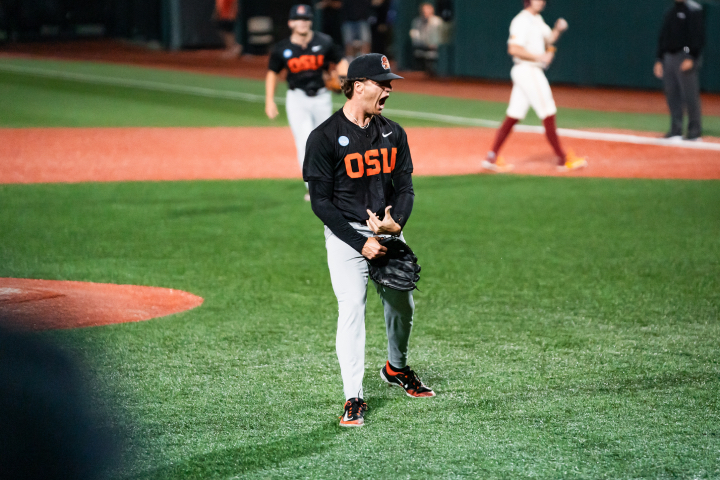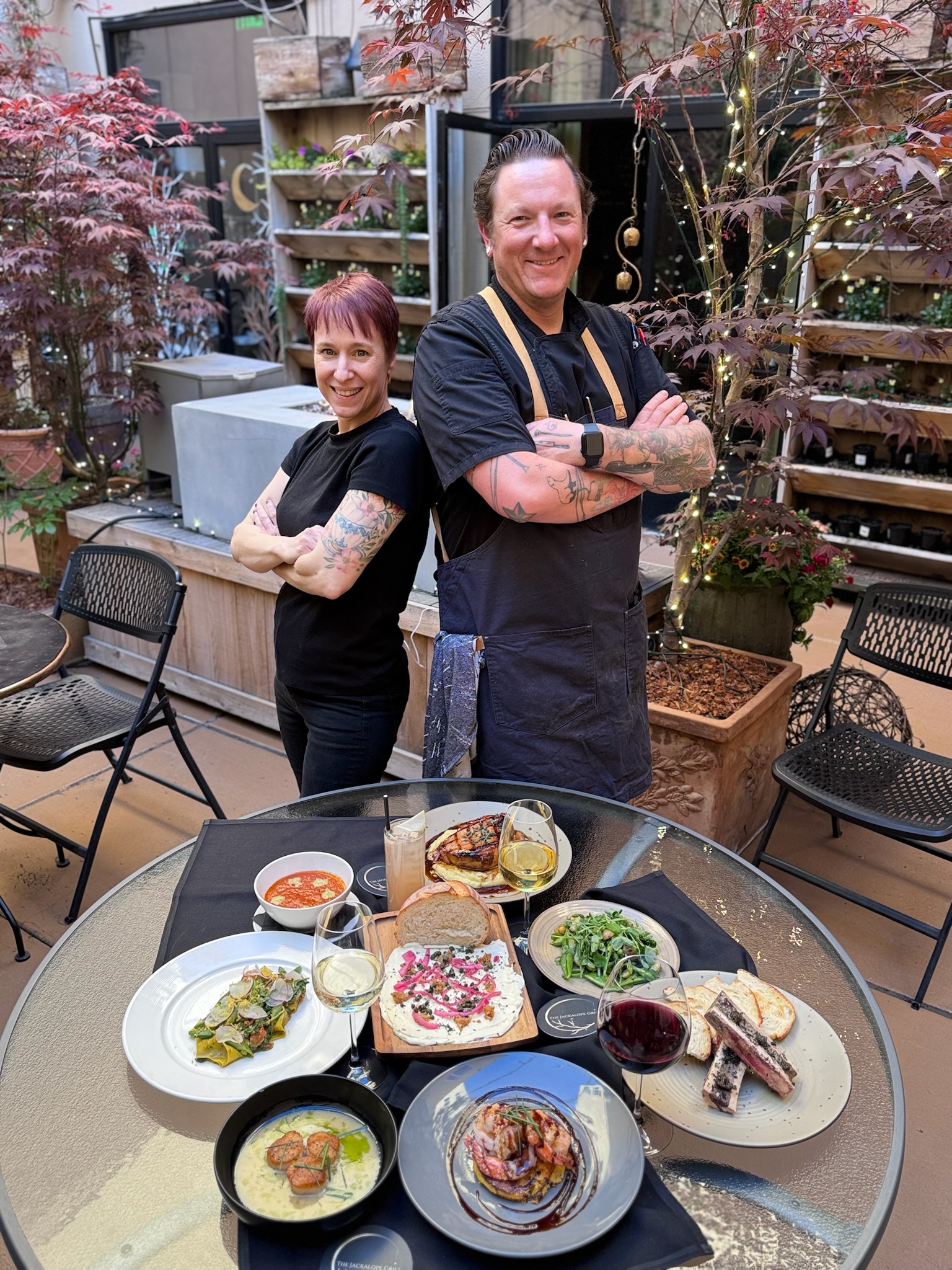Stroke recovery is easier, faster when you know the signs and get help quick
Published 1:00 am Sunday, September 29, 2024

- Birky_Anne.jpeg
Back in April, Bend native Anne Birky believed she was at the peak of health. At 52, she exercised routinely, hiked and camped with her family. She had no markers for any health issues.
On April 12, she woke up with a severe headache, but went to work and even decided to work out during her lunch break.
“After lunch, my left side felt kind of weird, but I attributed that to low blood sugar,” said the facilities support supervisor for the Bend-La Pine School District. She went back to work for a little bit and then decided to drive herself home. It was a Friday afternoon, and a friend called her. During the conversation, she noticed Birky was slurring her words. It was a surprise to Birky. But she said she was struggling to even stand.
“My friend thought I was having a stroke. She called my husband, who arrived home and we called an ambulance,” she said.
Birky has suffered a burst blood vessel, a hemorrhagic stroke. It started with the headache and was likely exacerbated by the workout. She spent 13 days in the hospital.
She was lucky. Stroke is the fifth leading cause of death in the United States and a leading cause of disability worldwide. Yet 80% of strokes can be prevented or ameliorated if caught in time. That is the rallying cry of Stroke Awareness Oregon, a nonprofit started in 2019 by Bend realtor and developer Lawnae Hunter, who is also a stroke survivor.
“Time is of the essence for an oncoming stroke,” Hunter said. “If people know the signs, many stroke survivors have a good chance of recovery if they can get to a hospital in time.”
The group’s calling card for spotting a stroke is the acronym B.E.F.A.S.T., for Balance, Eyes, Face, Arm, Speech, Terrible headache.
For Birky, now 53, she had no risk factors, no high blood pressure, so the stroke cause remains a mystery.
“I’m blessed. I have a family with a very strong Christian faith and I believe all that prayer is what carried me through. My recovery has been miraculous. On the outside, I don’t look like I had a stroke. Yet there remains some left side weakness I have to work on.”
Birky is a new board member for Stroke Awareness. After speaking with Carol Stiles, the executive director, about finding a venue for country music star Randy Travis — a stroke victim who came to Bend in May to address a crowd of supporters — she decided to learn more about the issue.
“I connected with the support groups, the people just really drew me in. I didn’t know anything about stroke or stroke awareness,” Birky said.
“The people at SAO are so inspiring. I really enjoy people who are caregivers. I guess that’s because they are so inspiring to me when I’m around them I just feel like I am with a group of people who are truly trying to make a difference in the world and I love that.”
Carol Stiles, the interim executive director of SAO, notes the reason the group got started was to help survivors after they leave the hospital.
“There is really no support group for stroke survivors. You are left on your own to cope. Our group lends its support and encouragement to survivors so they don’t feel alone or abandoned. They have people with similar issues fighting right alongside them,” Stiles said.
Several of those recovery stories are documented in the group’s book, “Just say ‘Yes’ to life,” a collection of survivor and recovery stories. A new book, “Stroke is a Family Affair” is due out in 2025. The group has launched several online, Zoom-call-type forums to reach out to stroke victims, many of whom have no other connection with other victims. Participants range from New York to Hawaii.
“They push each other to do better, work harder. It helps keep them focused,” Stiles said.
A colleague of Birky also recently suffered a stroke and recovered enough to participate in the Ride The Rim bicycle event at Crater Lake National Park spread over two weekends in September.
“I’m going to do that next year,” she said. “You can still live your life. It may look a little different, but you can still make a difference. That is the message of SAO.”
Stroke Awareness Oregon has
- many methods to reengage a stroke victim and teach the public all about the issue.
- Stroke 101 training is available to any group or business at no cost. The program teaches the basics of stroke, how to prevent it and how to recognize its symptoms. This one-hour presentation covers the causes of stroke, how to spot the signs of stroke and what to do about it. This program serves Deschutes, Jefferson, Crook and Wheeler counties.
- Peer 2 Peer Support Program is designed to offer people who have suffered a stroke the opportunity to talk with a specially selected and trained person with the same or similar injury who has returned to a full and meaningful life. The program promotes: A support system, A resource network, setting and reaching attainable goals, and restoring hope and purpose.
- Stroke Warrior support group meets via a Zoom call every second and fourth Tuesday of the month at 3 p.m. Pacific Time. https://us06web.zoom.us/j/2671668755
- Caregiver and Family support group holds virtual meetings on the first Wednesday of the month at 3 p.m. via Zoom: https://us06web.zoom.us/j/2671668755
- Young Support Group for age 50 or younger, offers a safe space to talk about the issues facing younger people, in their prime work years, who have suffered a stroke. It meets every third Monday of the month at 6 p.m. https://us06web.zoom.us/j/2671668755
- Men’s Monthly Group provides men a place to discuss whatever is affecting them in an open and supportive way. It meets the second Wednesday of the month at 3 p.m. https://us06web.zoom.us/j/2671668755
- Stroke Warrior Radio broadcasts with Ralph Cortese (an affiliate of SAO). https://buff.ly/3yQJgmm
- Stroke Awareness Oregon offices are at 695 SW Mill View Way Bend, OR 97702. Call 541-323-5641. For the most complete information, visit its website at strokeawrenessoregon.org






